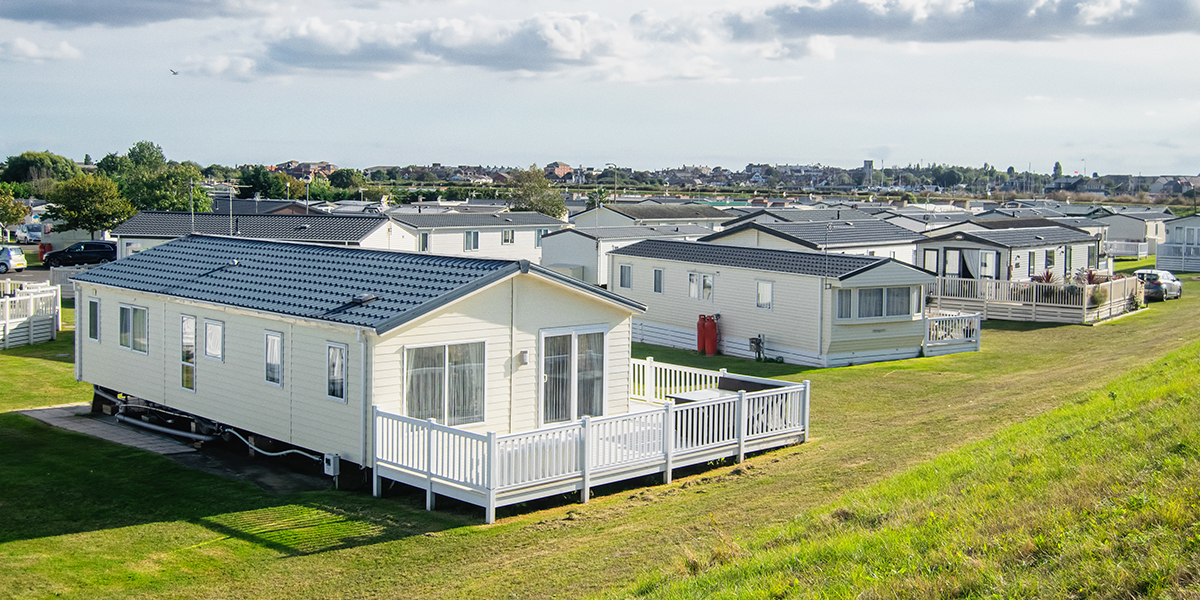High water bills? Here are some ways to start saving:
1. Install low flow plumbing fixtures: Low flow water fixtures are sink faucets, shower heads, and toilets that use less water than older, traditional models. Replacing old water fixtures is cost efficient, and an easy way to conserve water and save money.
2. Use grey water for irrigation: Grey water is lightly used water from your sinks, showers, bathtubs, and washing machines. While grey water is unsafe to drink, it can be a significant source of irrigation water for your yard.
3. Replace water intensive plants: Large plants like trees and bushes require a great deal of water. Replace large plants with low-water-use plants to limit water use and save money.
4. Install rain sensors on irrigation: In the event of rainfall, a rain sensor will automatically shut down the irrigation system; conserving water and saving you money.
5. Insulate piping to reduce heat loss: According to the US Dept. of Energy, insulating your hot water pipes reduces heat loss, reduces energy use, and can raise water temperature 2°F–4°F hotter than uninsulated pipes. As an added perk, you also won’t have to wait as long for hot water when you turn on a faucet or shower head which helps conserve water.
6. Leak detection and repair: Did you know leaks contribute to over 1 trillion gallons of water lost in the US every year? Yikes! While 1 trillion wasted gallons seems daunting, breakthrough technology from companies like WaterSignal have provided a way to detect leaks through real-time water monitoring. In the event of a leak, users are instantly alerted via SMS text and email allowing time to remedy the situation before any damage occurs.
7. Monitor cooling tower water chemistry: Ensure your cooling tower is running at peak performance by closely monitoring the water chemistry. For cooling tower management best practices, click here.
8. Reduce water pressure: You should test your household water pressure monthly or whenever you notice changes in water pressure. These changes may only be caused by high demand for water in your house or neighborhood during certain times of the day. It is easy to test your household water pressure with a water pressure gauge. These are available at most home improvement/hardware stores for less than $20. Simply attach the water pressure gauge to an outdoor or indoor faucet and then turn on the water. Typically, you want your household water pressure to be between 45PSI and 65PSI. If the water pressure is high, you will want to purchase and install a water pressure regulator immediately. If the pressure is low, there is likely a clog somewhere in your water pipes. If you can, remove the end of the faucet and turn the water on. This may flush out the clog. If low water pressure persists, you may need to call a plumber.
9. Harvest rainwater: Harvesting rainwater can be as simple as directing gutters to an empty garbage can or barrel. Create your own system and start saving thousands of gallons of tap water each year!
10. Educate water users: There is significant value in educating those around you about water conservation. When everyone makes a conscious effort to save water, water consumption goes down and water savings go up!
WaterSignal is a green technology company focused on water conservation. WaterSignal measures water flow in real-time to detect leaks and monitor domestic meters, irrigation systems, and cooling towers for commercial, multifamily, medical and educational properties. WaterSignal is located in Alpharetta, GA, and currently has operations in 18 states.




